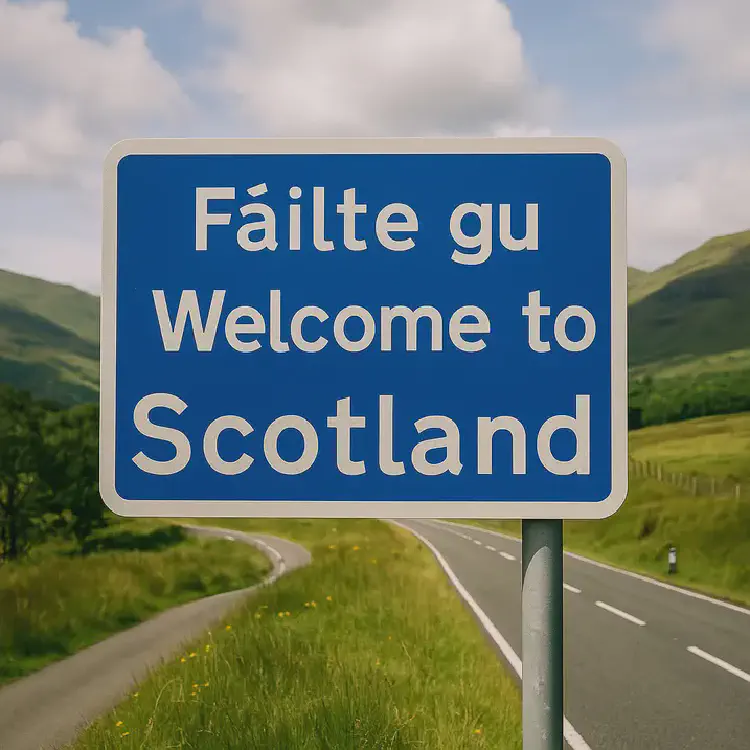Gaelic language and heritage
Scottish Gaelic is more than a language—it’s a living link to Scotland’s history, culture, and identity. Though spoken by a minority today, it continues to shape the nation’s traditions, music, and sense of place.
- Scotland Tours
- 2 min read
Article 1 of 6 in Heritage-and-Identity/

Origins of Gaelic in Scotland
- Gaelic was brought to Scotland by settlers from Ireland around the 4th century.
- By the Middle Ages, it was the dominant language across much of the Highlands and Islands.
- Place names like ‘Ben Nevis’ (from Beinn Nibheis) and ‘Loch Lomond’ (from Loch Laomainn) preserve Gaelic roots.
Decline and Survival
- After centuries of political and cultural pressures, Gaelic declined, especially after the Highland Clearances.
- Today, around 60,000 people speak Gaelic, mostly in the Western Isles, Highlands, and pockets of Glasgow and Edinburgh.
Gaelic in Modern Life
- Road Signs: Bilingual signage is common in the Highlands and Islands.
- Education: Gaelic-medium schools are growing, helping preserve the language for future generations.
- Media: BBC Alba, a Gaelic TV channel, broadcasts news, music, and cultural programming.
Gaelic Heritage
- Music and Song: Traditional Gaelic songs, waulking songs, and mouth music (puirt-à-beul) are integral to Scotland’s folk heritage.
- Storytelling and Poetry: Rich oral traditions continue to inspire modern writers and performers.
- Festivals: Events like the Royal National Mòd celebrate Gaelic music, literature, and culture.
Why Visitors Should Care
Exploring Gaelic heritage helps travelers connect with Scotland on a deeper level. From learning a few Gaelic phrases to attending a festival or hearing a Gaelic song, engaging with this tradition adds authenticity and meaning to the Scottish experience.